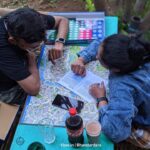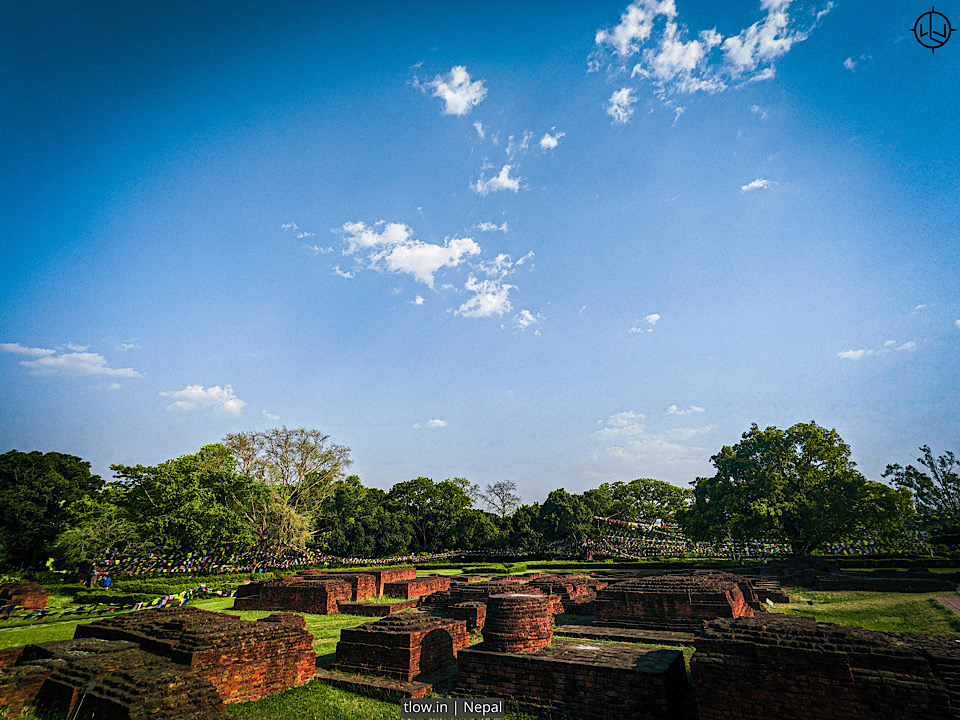
20 Fun Facts about Lumbini in Nepal
Lumbini, nestled in the heart of Nepal, holds a special place in the spiritual world. This sacred site, brimming with history and significance, is believed to be the birthplace of Siddhartha Gautama, who later became Lord Buddha. Lumbini’s origins trace back over 2,600 years ago to 623 B.C., when Queen Maya Devi is said to have given birth to Prince Siddhartha under a sacred Sal tree.
The name “Lumbini” is derived from the Sanskrit word “Lumb,” meaning “lovely.” Aptly named, It is renowned for its serene beauty and profound spiritual aura. It has been recognized as a UNESCO World Heritage Site and is revered by Buddhists from all corners of the globe. This hallowed ground serves as a place of pilgrimage, meditation, and reflection, offering a peaceful escape from the bustle of the world.
Table of Contents
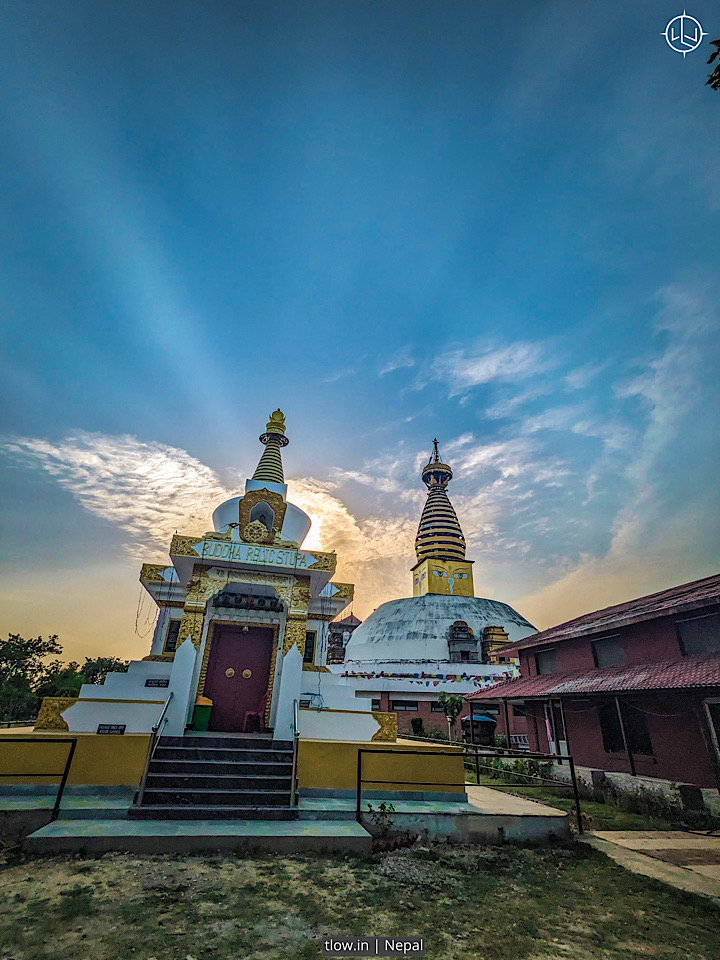
Tagline
“Lumbini: Where Peace Blossoms“
20 Facts about Lumbini, Nepal
1. It is one of the four key Buddhist pilgrimage sites, along with Bodh Gaya, Sarnath, and Kushinagar.
2. The Sacred Garden is home to the Mayadevi Temple, marking the exact spot of Buddha’s birth.
3. A sacred pond in Lumbini, known as the Puskarini, is where Queen Maya Devi is said to have bathed before giving birth.
4. It is located in the Rupandehi District of Nepal, close to the Indian border.
5. The renowned Ashoka Pillar, erected by the Indian Emperor Ashoka in 249 B.C., stands as a testament to Lumbini’s significance.
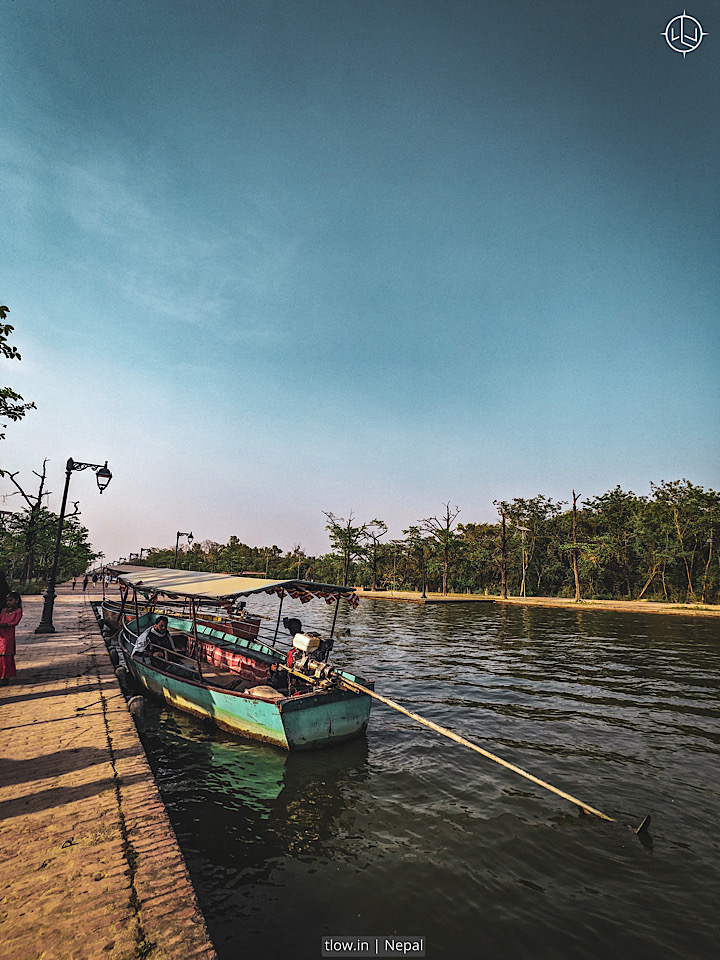
6. It offers monasteries and meditation centers from various Buddhist countries, allowing visitors to explore different Buddhist traditions.
7. The International Research Institute (LIRI) serves as a hub for Buddhist studies and research.
8. The World Peace Pagoda is symbolizes global harmony and was built with contributions from various nations.
9. Lumbini attracts pilgrims and tourists seeking spiritual enlightenment, with over a million visitors annually.
10. The Lumbini Development Trust oversees the preservation and development of the sacred site.
11. It hosts various festivals and events, including Buddha Jayanti, celebrating Buddha’s birth, enlightenment, and passing.
12. The Eternal Peace Flame represents a beacon of hope for global peace and non-violence.
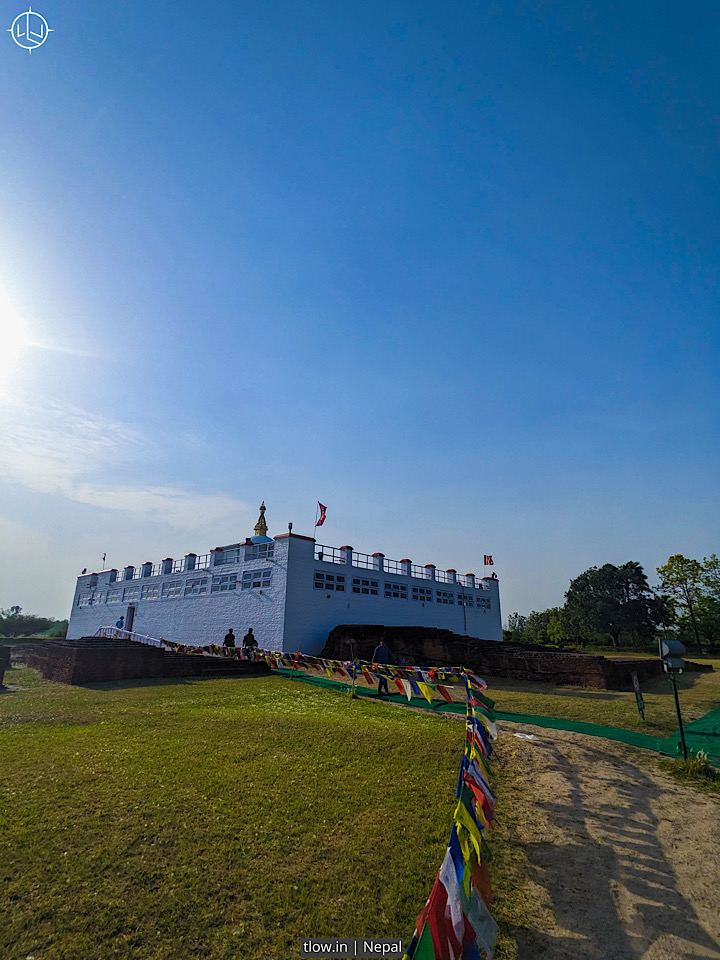
13. A UNESCO Memory of the World Program recognizes archaeological and historical importance.
14. The peaceful ambiance is complemented by lush gardens, bodhi trees, and meditation areas.
15. The region’s climate is subtropical, with mild winters and warm summers, making it a year-round destination.
16. Lumbini’s archaeological sites include the Museum, which houses ancient artifacts and relics.
17. The Myanmar Golden Temple is a stunning structure adorned with intricate artwork and statues.
18. The Crane Sanctuary is home to numerous bird species and provides opportunities for birdwatching.
19. Lumbini’s monastic zone reflects the diverse architectural styles of Buddhist nations, offering a unique cultural experience.
20. Lumbini’s message of peace and enlightenment resonates globally, drawing visitors from different faiths and backgrounds.
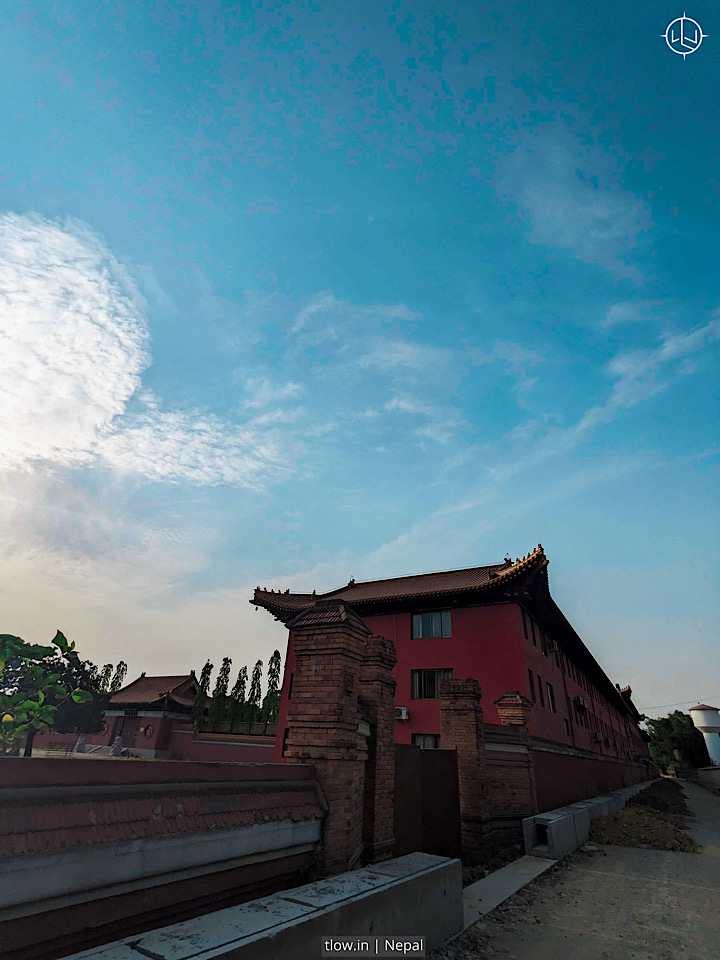
Places to Explore in Lumbini
1. Mayadevi Temple: Visit the sacred temple marking Buddha’s birthplace, with an ancient marker stone.
2. Ashoka Pillar: Marvel at the Ashoka Pillar, a historic edifice with inscriptions commemorating.
3. Lumbini Museum: Explore the museum’s exhibits showcasing archaeological discoveries from the area.
4. World Peace Pagoda: Admire the serene white stupa dedicated to global harmony.
5. Myanmar Golden Temple: Discover the resplendent Myanmar-style temple adorned with golden hues.
6. Lumbini Crane Sanctuary: Explore the bird sanctuary and observe a variety of avian species.
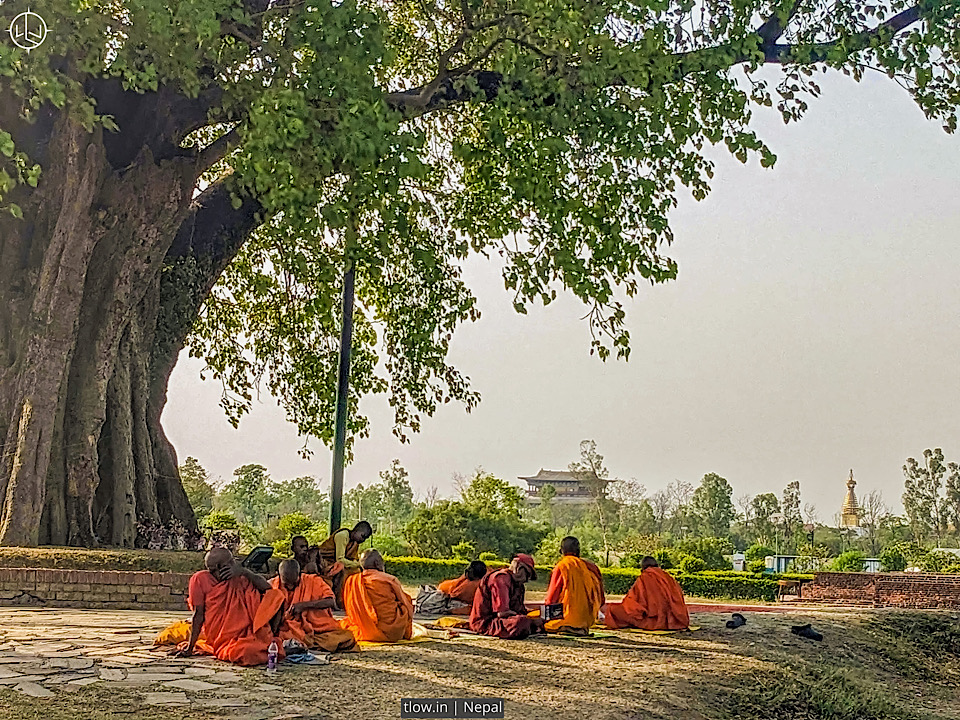
Nearby Places to Explore
1. Tilaurakot: Explore the ancient palace ruins believed to be the childhood home of Prince Siddhartha.
2. Kapilvastu: Visit the historical city where Buddha spent his early years before renouncing worldly life.
3. Ramagrama Stupa: Discover the relic stupa, one of the eight original stupas containing Buddha’s relics.
4. Devdaha: Explore the birthplace of Buddha’s mother, Queen Maya Devi, and delve into local culture and history.
Best Time to Visit
The optimal time to visit Lumbini is during the winter months, from October to February. During this period, the weather is cool and pleasant, making it ideal for exploring the sacred sites and gardens. The monsoon season, from June to September, should be avoided due to heavy rainfall and humidity, which may hinder outdoor activities.
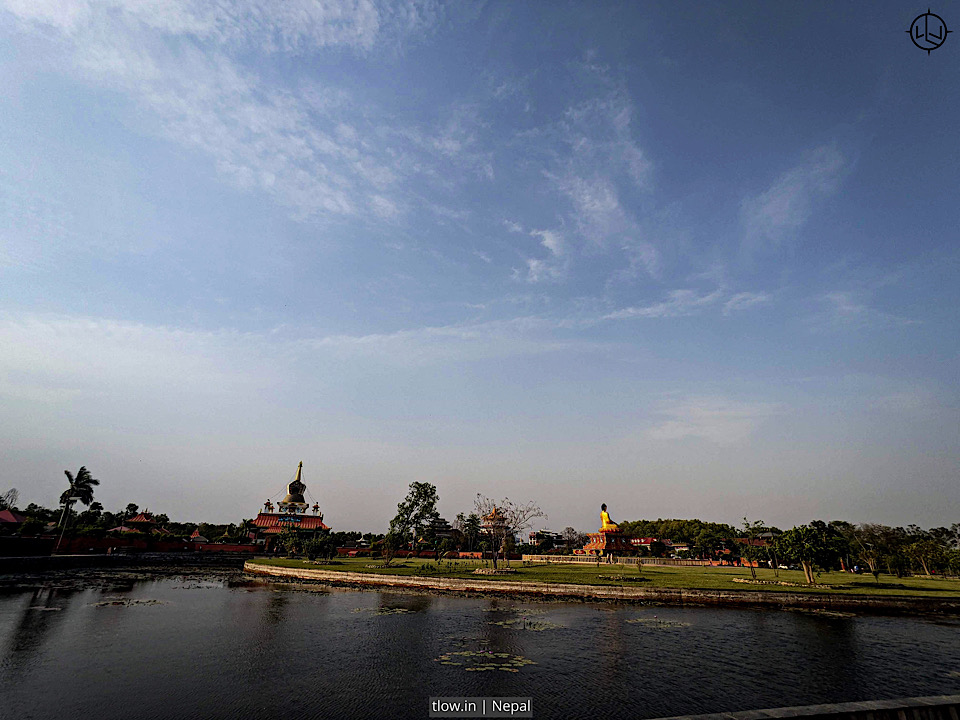
Things to Take Care or Avoid
1. Respectful Attire: Dress modestly when visiting the sacred sites, covering shoulders and knees out of respect.
2. Silent Contemplation: Maintain a peaceful demeanour within the monastic zone and meditation areas.
3. Photography: Seek permission before taking photographs of people



